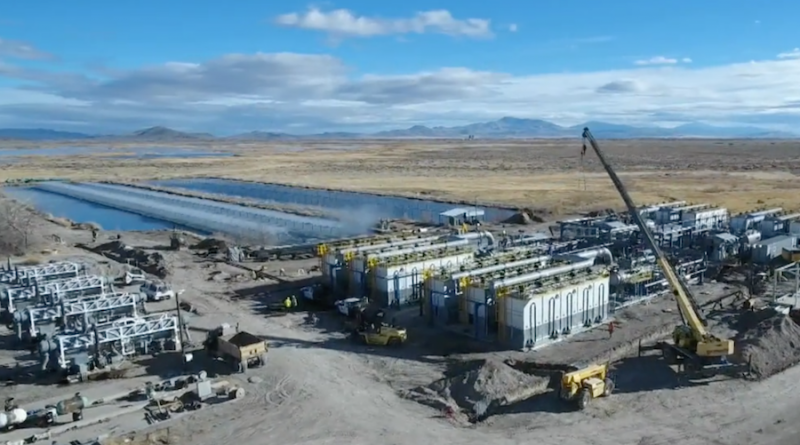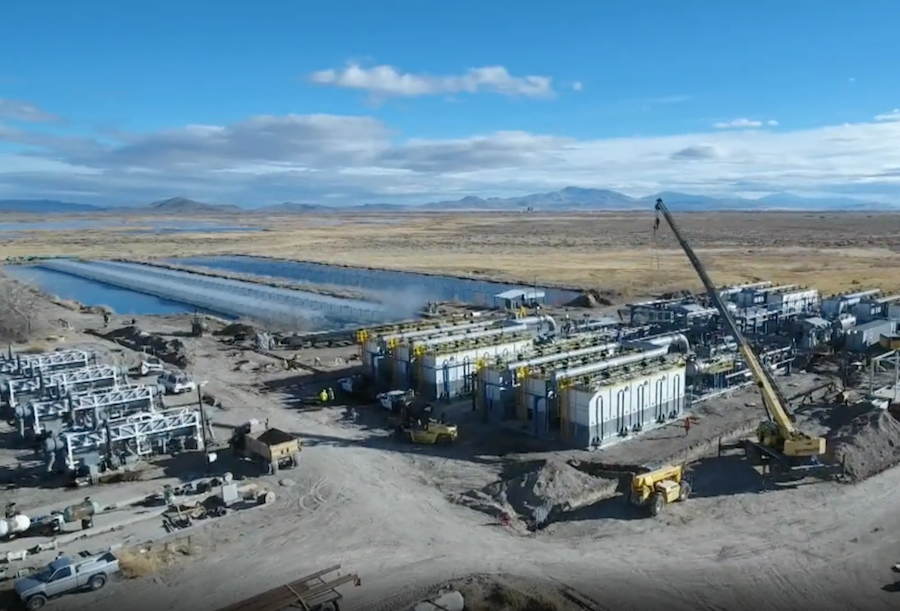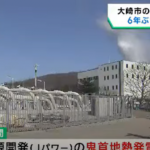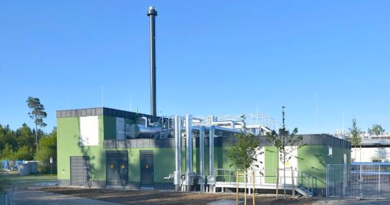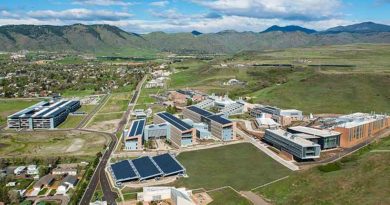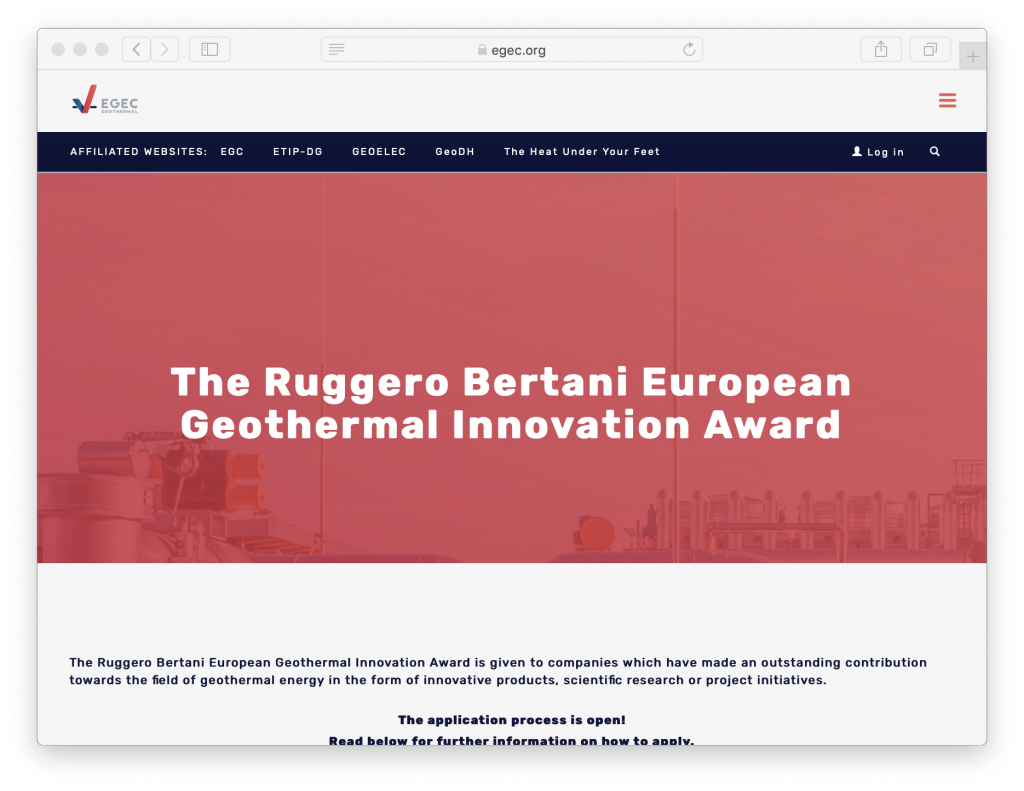Economic values of of geothermal power development and operation – a 2015 brief by GEA
Energy Disrupter
While likely a bit outdated, this research brief by the then Geothermal Energy Association (GEA), now part of GRC, provides a great overview on the economic value of geothermal development and operation for power plants.
In discussions recently I mentioned several reports that were published by the U.S. Geothermal Energy Association (GEA), which merged with the Geothermal Resources Council (GRC) in 2018. As I don’t remember who I spoke to about these pieces, here a quick post that maybe others find useful as well. The below does though not implement opportunities of projects involving additional direct use utilisation, e.g. for heating etc … clearly this would have to be taken into consideration and obviously would add additional value to local economies.
The GEA had published a large number of good research pieces and one that I have been referencing a lot when discussing the economic opportunities presented by geothermal development was a brief published in 2015.
The brief on “Additional Economic Values of Geothermal Power” shared details on how many jobs are created by geothermal power plant development in the United States.
“Overall, geothermal projects bring significant economic value to communities across the Western United States through their job creation and tax revenue for communities in which plants operate.” The data of the brief – which can be accessed here (pdf) is based on a survey that was conducted by GEA of the major geothermal power producers in the United States.
Geothermal power plants employ about 1.17 persons per MW at each operating power plants. These are permanent jobs that last the entire 30-50 year lifetime of the power plant.
In some circumstances, GEA estimates the persons per MW employed is 19 times the reported onsite employment of wind or solar PV project and 5 times reported onsite employment for concentrating solar project.
In total, adding governmental, administrative, and technical related jobs, the geothermal industry employs about 2.13 persons per MW. ? An average 50 MW facility will create permanent employment for about a 100 people.
In 2013, geothermal power producers paid $29 million dollars in annual property taxes, including $21 million dollars to the State of California. ? Geothermal paid about $26 million in Rents and Royalties to state, federal and local governments nationwide in 2014 of which quarter (about $19.5 million) is returned to benefit state and local county governments.
Developing the remaining identified geothermal resources estimated to exist in California by the United States Geologic Survey could add 2500 permanent on-site jobs in the State of California, generate another 20-30 million dollars in property tax revenue for the state, and generate almost 15,000 construction and manufacturing jobs.
Over the course of 30 to 50 years an average 20 MW facility will pay nearly $6.3 to $11 million dollars in property taxes.
Geothermal plants during construction employ about 3.1 person-years per MW and the manufacturing of the equipment requires an additional 3.3 person-years per MW.
A 50 MW geothermal plant will require 310 person-years of construction and manufacturing employment.
Measured in person-years of employment, and given their long lifetime geothermal plants produce stable, long-term, local employment.
Producing electricity using geothermal resources as opposed to fossil fuels or natural gas provides an environmental externality benefit of $0.01 compared to natural gas and $0.035 for coal per kWh.
GEA estimates that geothermal provides approximately $117 million in externality benefits per year to the states of Nevada ($29 million) and California ($88 million) by avoiding fossil fuel emissions based on current geothermal generation.
For the full brief, see the actual document (pdf).
Another report more deeper from 2014 by GEA can be found here (pdf).

